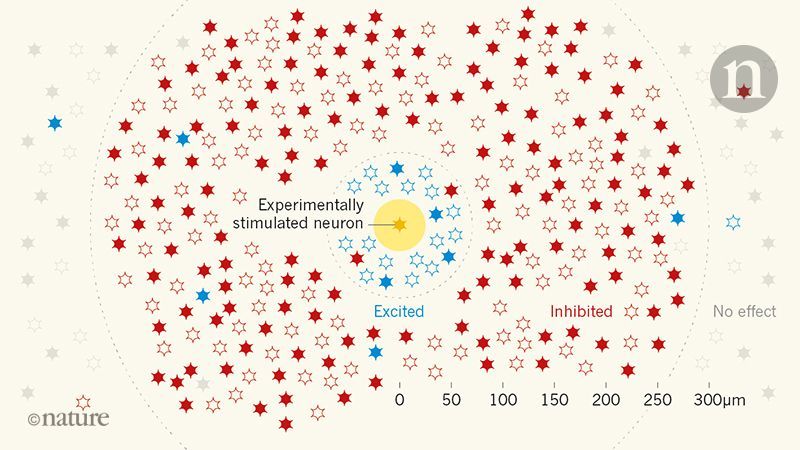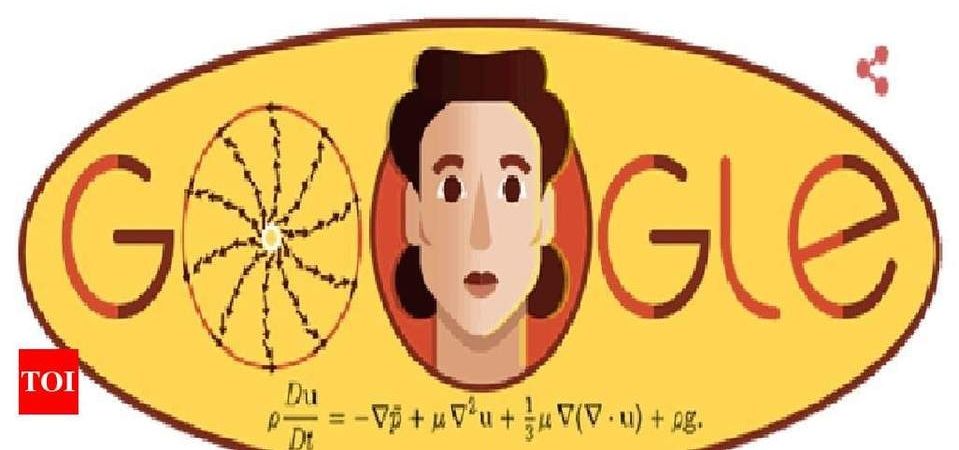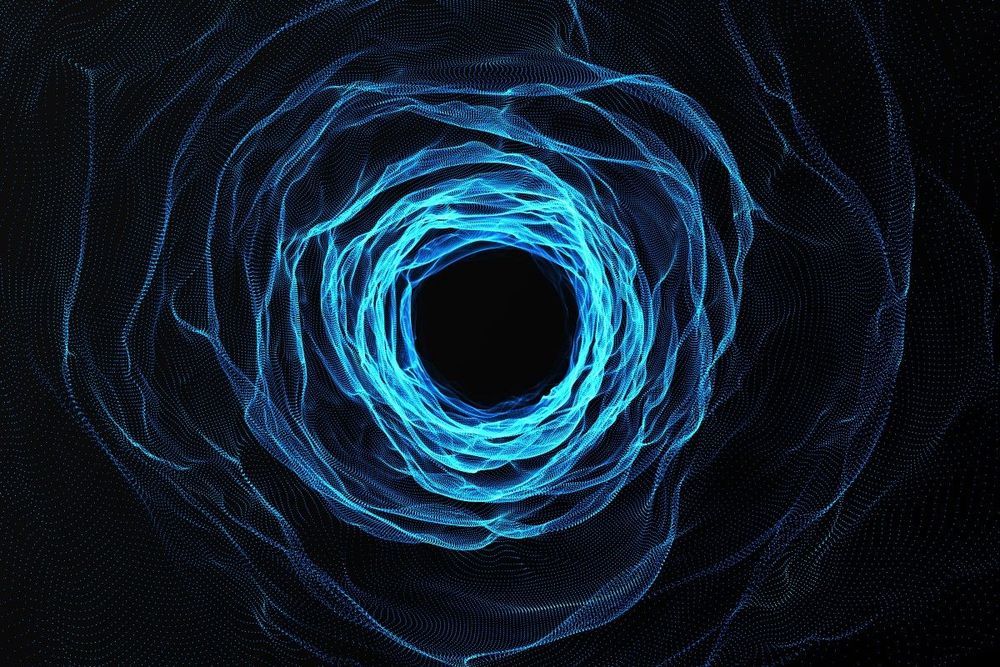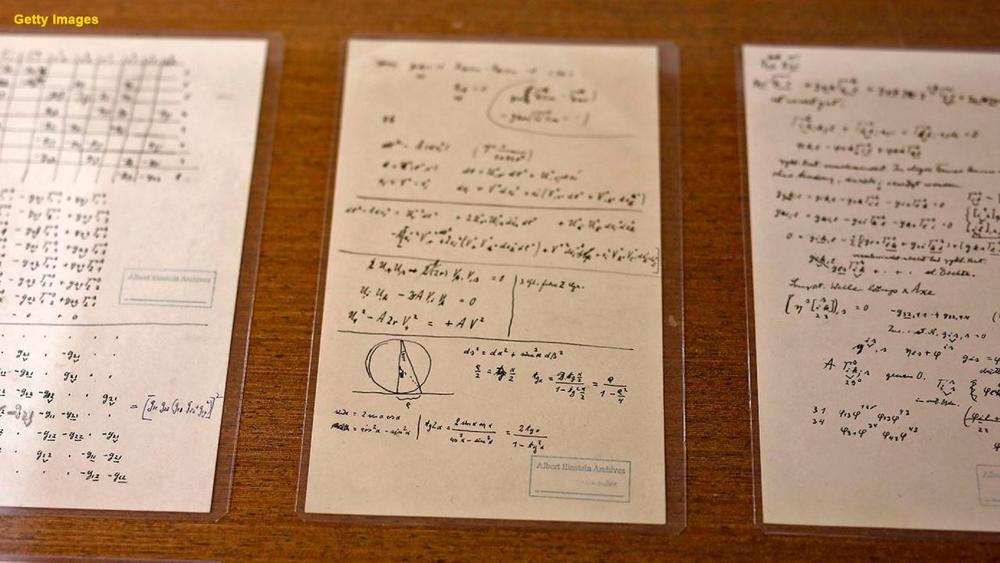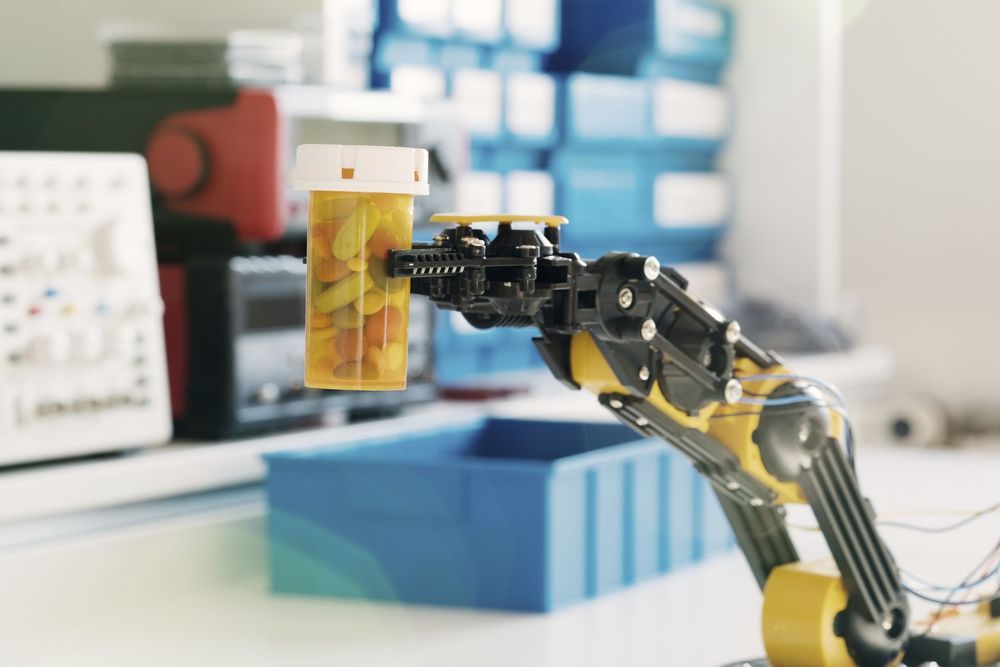The authors’ subsequent in-depth analysis revealed a much more complex pattern than a general inhibition of neural activity. They found that the extent of the influence of neurons on other neurons was related to how they responded to certain features of visual stimuli, such as orientation and temporal frequency. When a neuron was activated, neurons that were tuned to respond to similar features to that neuron were more strongly suppressed than were neurons with a different tu…
The contribution of a single neuron to brain function might seem negligible. But a map of the influence of single neurons reveals a complex pattern that prevents redundancy and enables clear messaging. Inhibitory and activating effects of a neuron on its neighbours.
